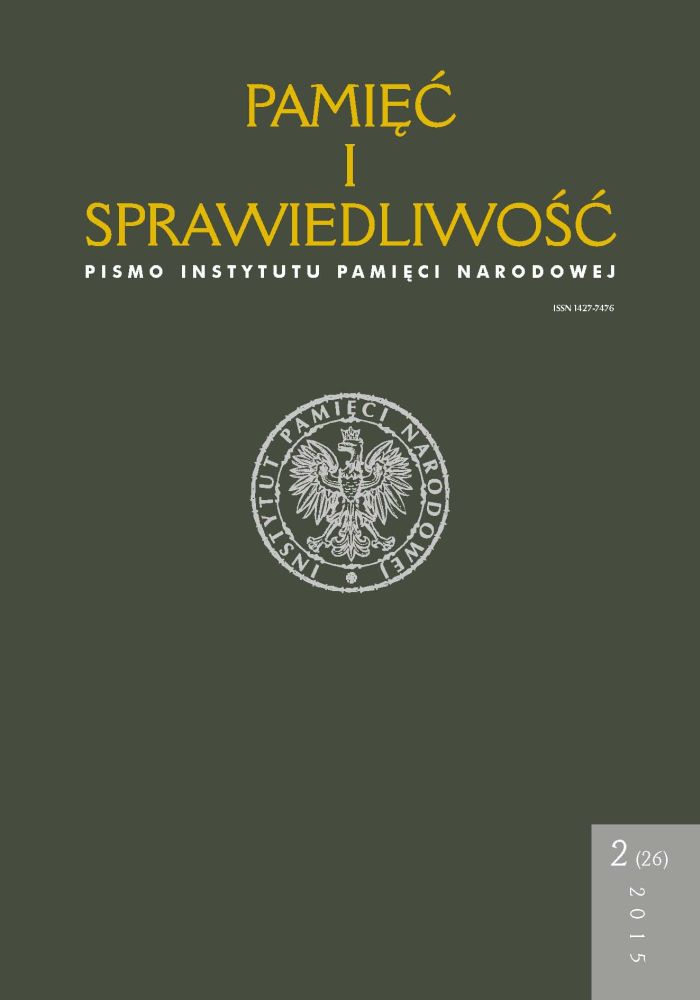Vol. 26 No. 2 (2015)
Tom 26 „Pamięci i Sprawiedliwości” jest poświęcony dziejom kobiet i płci w II wojnie światowej. Publikujemy dyskusję badaczek na temat perspektyw badania i upamiętniania historii kobiet czasów wojny i okupacji w Polsce. W bloku głównym znalazły się teksty poświęcone przemianom porządku płci, działalności kobiet w konspiracji, losom kobiet żydowskich w Krakowie, przemocy seksualnej.
 Język Polski
Język Polski
 English
English
 Deutsch
Deutsch
 Français (France)
Français (France)
 Italiano
Italiano
 Русский
Русский


 PDF (Język Polski)
PDF (Język Polski)

